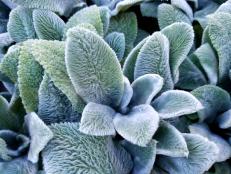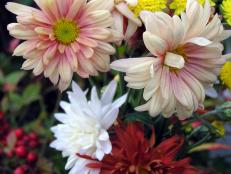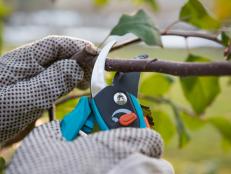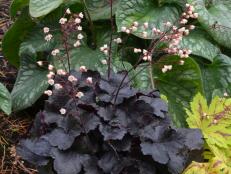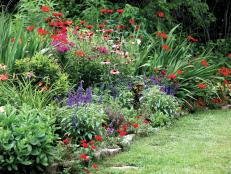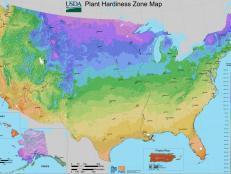New Zealand Flax, Coastal Flax

Plant type: Herbaceous perennial
Botanical name: Phormium tenax
Hardiness: USDA Zones (7)9 to 10
Hardy to the West coast. Striking rigid, swordlike leaves provides an impressive vertical accent to any garden. Clump-forming. Available in different leaf colors, including green, brown, purple, red and yellow with contrasting leaf margins in yellow, pink or purple. Foliage can have rigid upright to gracefully arching habits. Where grown as a perennial, it will be evergreen. However, it can be a deciduous perennial in Zones 7 to 8, dying back to the ground in winter. Used as an annual in colder climates where it won't overwinter outside. Produces clusters of orange-red to red tubular flowers on sturdy stems. Blooms from spring to summer. May not bloom if planted in a container. Plant size ranges from one to six feet tall and one to eight feet wide.
How to use it: For dramatic effect, plant in masses or as a specimen. Use in containers or a sunny, mixed perennial border. Can be grown along the seashore. Good for xeriscaping. Houseplant. Fruits and leaf spikes can be used in flower arranging.
Culture: Tolerates a variety of site conditions, including dry and rocky soils. Plant in (ideal) full sun to shade; in hot, sunny areas, provide afternoon shade to prevent leaf scorch. It may be root hardy in USDA Zones 7 and 8 if provided with winter protection, including a thick layer of mulch, to help it overwinter. This means its foliage will die back to the ground and will come back next growing season. Propagated through seed and division. No serious problems with pests or diseases. May have problems with mealy bugs or rot if it sits in poorly draining soils for too long.
Special notes: Valued as a textural accent plant. A member of the Agave family (Agavaceae). Native to New Zealand. The genus name Phormium means "basket" in Greek, denoting its use in weaving. Leaf blades used in traditional Maori weaving. Deer resistant. Drought resistant. Fire resistant. Tubular flowers attract birds, especially hummingbirds.






